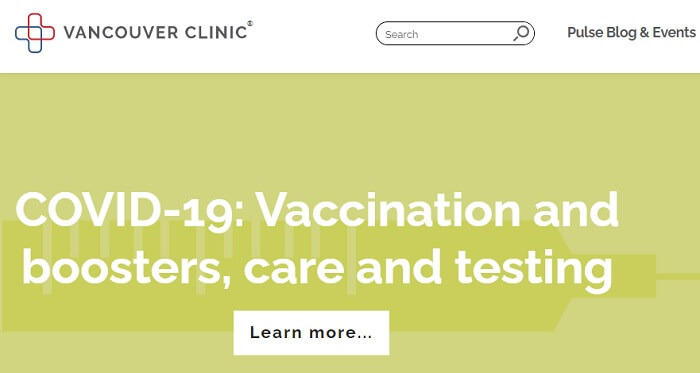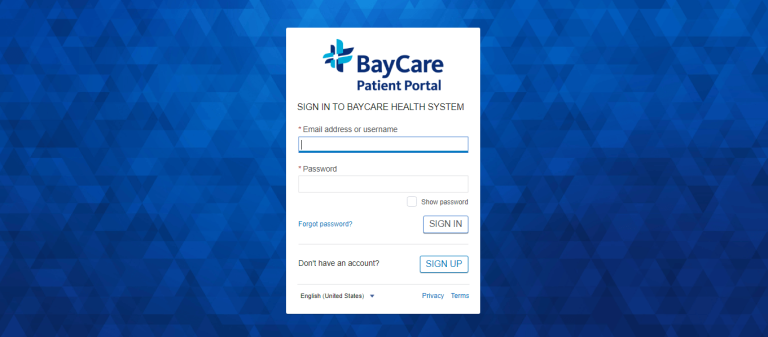Blank cvs minute clinic doctors note – Blank CVS MinuteClinic doctors notes represent a significant security vulnerability. The potential for misuse, from forging notes for fraudulent purposes to unauthorized access to sensitive patient data, underscores the critical need for robust security measures and public awareness. This investigation explores the legal, ethical, and practical implications surrounding blank medical documentation from CVS MinuteClinic, examining the processes involved in legitimate note creation and highlighting the dangers of falsified documents.
This report delves into CVS MinuteClinic’s internal policies regarding the handling of doctor’s notes, detailing the steps taken to ensure the integrity of medical records. We will also analyze potential vulnerabilities in the system and suggest preventative measures to mitigate the risk of unauthorized access and the creation of fraudulent notes. The consequences of forging or using a falsified note, both legally and ethically, will be examined in detail, providing a comprehensive understanding of this critical issue.
Understanding “Blank CVS MinuteClinic Doctors Note”
The unauthorized possession or use of a blank CVS MinuteClinic doctor’s note presents significant legal and ethical concerns. Understanding the implications of such a document, its typical contents, and potential misuse scenarios is crucial for both healthcare professionals and the public.
Potential Implications of a Blank CVS MinuteClinic Doctor’s Note
A blank CVS MinuteClinic doctor’s note, if misused, can facilitate fraud and deception. Its potential for abuse undermines the integrity of medical documentation and poses risks to public health and safety. The unauthorized completion of such a note constitutes forgery, a serious offense with potentially severe legal consequences.
Typical Contents of a Legitimate CVS MinuteClinic Doctor’s Note
A legitimate CVS MinuteClinic doctor’s note includes specific identifying information for both the patient and the provider, the date of the visit, a clear diagnosis, and treatment recommendations. It will also contain the provider’s signature and professional credentials.
Comparison: Blank vs. Completed Note
The key difference lies in the presence of patient-specific information and the physician’s signature. A blank note lacks all essential medical details, making it readily susceptible to falsification. A completed note, on the other hand, contains all the necessary information to verify its authenticity and legitimacy.
Browse the multiple elements of craiglist ph to gain a more broad understanding.
Potential Misuse Scenarios for a Blank CVS MinuteClinic Doctor’s Note, Blank cvs minute clinic doctors note
Blank notes can be used to create fraudulent documentation for various purposes, including obtaining sick leave from work, avoiding legal responsibilities, or securing prescription drugs. They can also be used to support false insurance claims or other fraudulent activities.
Legal and Ethical Considerations
The legal and ethical implications of handling blank CVS MinuteClinic doctor’s notes are severe. Forgery and the misuse of medical documentation carry significant penalties, while unethical practices erode public trust in the healthcare system.
Legal Ramifications of Forgery or Misuse
Forgery of a doctor’s note is a criminal offense, punishable by fines, imprisonment, or both. The penalties can vary depending on the jurisdiction and the specific circumstances of the case. Using a forged note to deceive others can lead to additional charges.
Ethical Implications for Healthcare Providers
Healthcare providers have a professional and ethical obligation to maintain the integrity of medical records. Creating or handling blank doctor’s notes irresponsibly compromises this obligation and violates established medical ethics. Strict adherence to protocols and security measures is paramount.
Examples of Fraudulent Activity Involving Blank Notes
Examples include fabricating a doctor’s note to excuse absenteeism from work or school, creating false documentation to support an insurance claim for a non-existent illness, or forging a prescription for controlled substances.
Hypothetical Legal Case: Falsified CVS MinuteClinic Doctor’s Note
A hypothetical case might involve an individual using a falsified CVS MinuteClinic doctor’s note to obtain disability benefits. Upon investigation, the forgery is uncovered, leading to criminal charges against the individual and potential disciplinary action against any complicit healthcare professionals.
CVS MinuteClinic’s Policies and Procedures: Blank Cvs Minute Clinic Doctors Note
CVS MinuteClinic employs robust security measures and internal policies to protect the integrity of its medical documentation and prevent the misuse of blank notes.
CVS MinuteClinic’s Internal Policies on Handling Doctor’s Notes
CVS MinuteClinic likely maintains strict protocols for generating, storing, and securing medical documentation. These policies likely include secure access controls, regular audits, and procedures for reporting suspected fraud or misuse.
Process of Generating and Managing Medical Documentation
The process likely involves electronic health record (EHR) systems with secure access controls and audit trails. All documentation is digitally generated and stored, minimizing the risk of unauthorized access to blank templates.
Step-by-Step Guide on Creating a Legitimate Note
A legitimate note is generated within the EHR system following a patient visit. The provider enters the patient’s information, diagnosis, treatment plan, and signs the note electronically. The note is then securely stored within the patient’s electronic health record.
Key Elements in a Genuine CVS MinuteClinic Doctor’s Note
| Element | Description |
|---|---|
| Patient Name and Date of Birth | Unique identifiers to ensure correct patient identification. |
| Provider Name and Credentials | Verification of the healthcare professional’s identity and qualifications. |
| Date of Visit | Precise date of the consultation. |
| Diagnosis | Clear and concise statement of the patient’s medical condition. |
| Treatment Plan | Artikel of recommended treatment, including medication, therapy, or other interventions. |
| Provider Signature (Electronic) | Electronic signature confirming the authenticity of the note. |
Security Measures and Prevention
CVS MinuteClinic employs multiple security measures to prevent unauthorized access to blank note templates and protect patient medical records.
Preventative Measures to Prevent Unauthorized Access
These measures likely include access control systems, encryption of data, regular security audits, and employee training on security protocols. Physical security of facilities also plays a crucial role.
Security Protocols for Protecting Patient Records
CVS MinuteClinic likely uses robust encryption methods to protect data both in transit and at rest. Access to patient records is restricted based on roles and responsibilities, with audit trails tracking all access attempts.
Potential System Vulnerabilities
Potential vulnerabilities might include weaknesses in the EHR system’s security, inadequate employee training on security protocols, or insufficient physical security measures in facilities storing medical records.
Methods to Enhance Security and Prevent Fraud
Strengthening security involves regular security assessments, implementing multi-factor authentication, employee training on security awareness, and the use of advanced encryption techniques.
Public Awareness and Education
Raising public awareness about the dangers of using falsified medical documentation is essential to prevent fraud and protect the integrity of the healthcare system.
Public Service Announcement
A public service announcement would emphasize the serious legal and ethical consequences of using forged medical documentation, highlighting the importance of seeking legitimate medical care and avoiding the temptation to create or use fraudulent notes. It should stress the potential harm to individuals and the healthcare system as a whole.
Infographic: Key Features of a Legitimate Note
An infographic would visually represent the key elements of a legitimate CVS MinuteClinic doctor’s note, using clear and concise visuals to highlight the differences between a genuine and a falsified document. It would include visual representations of the essential components like patient information, provider credentials, date, diagnosis, treatment plan, and the electronic signature, along with a clear explanation of each element’s importance in verifying authenticity.
Tips for Verifying Authenticity
Individuals should check for the provider’s credentials, the legitimacy of the clinic’s letterhead or electronic signature, and the consistency of information with other medical records. Contacting the clinic directly to verify the note’s authenticity is also recommended.
Resources for Suspected Fraudulent Documentation
Individuals suspecting fraudulent medical documentation can contact the relevant authorities, such as their employer’s HR department, law enforcement, or the state medical board. They can also consult with legal professionals for advice.
The unauthorized access and use of blank CVS MinuteClinic doctors’ notes pose a serious threat to patient privacy and public health. Strengthening security protocols, increasing public awareness about the dangers of falsified medical documentation, and establishing clear legal consequences for misuse are crucial steps in preventing future incidents. A multi-faceted approach involving enhanced security measures, rigorous internal controls, and public education campaigns is essential to safeguarding the integrity of medical records and maintaining public trust in healthcare providers.




